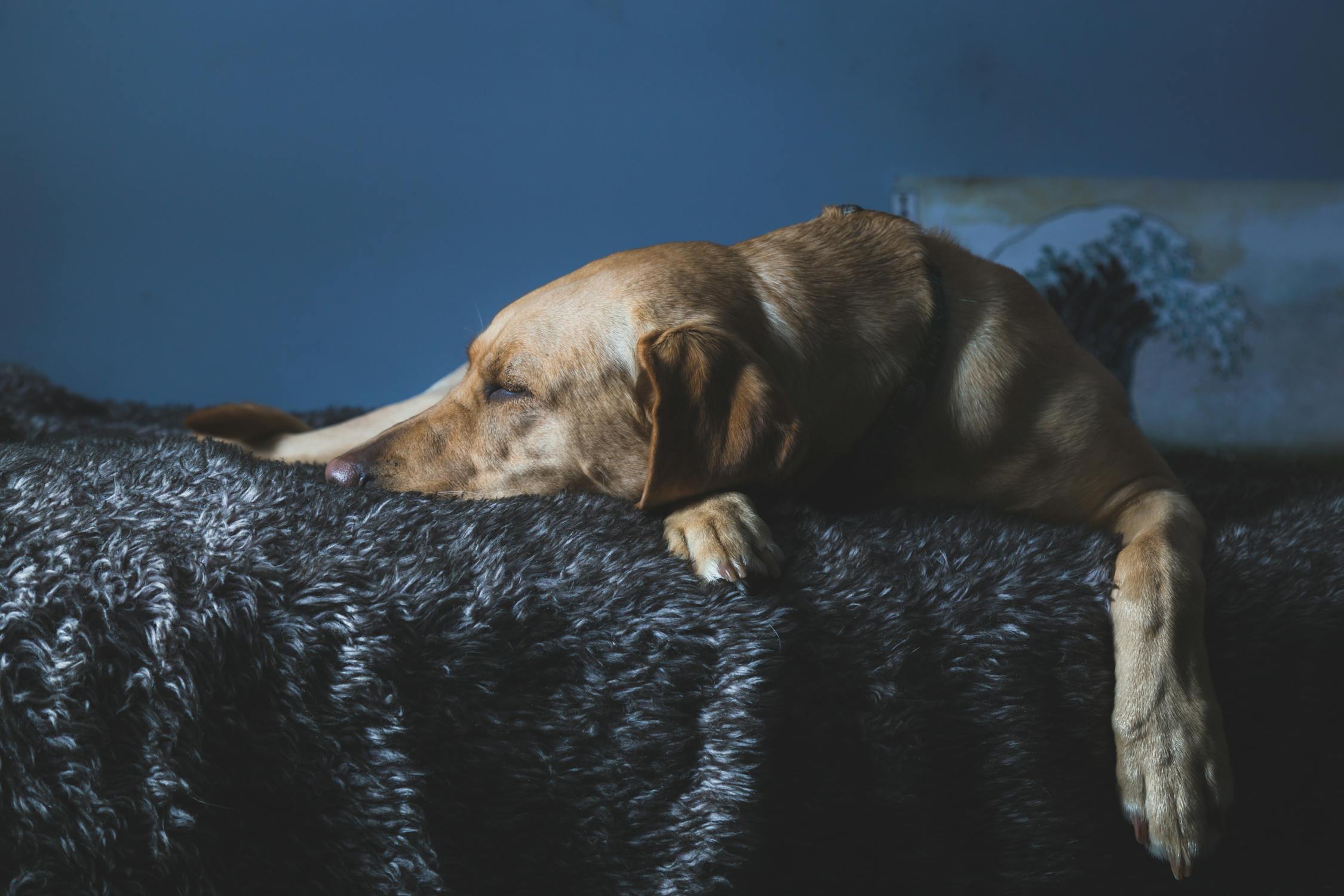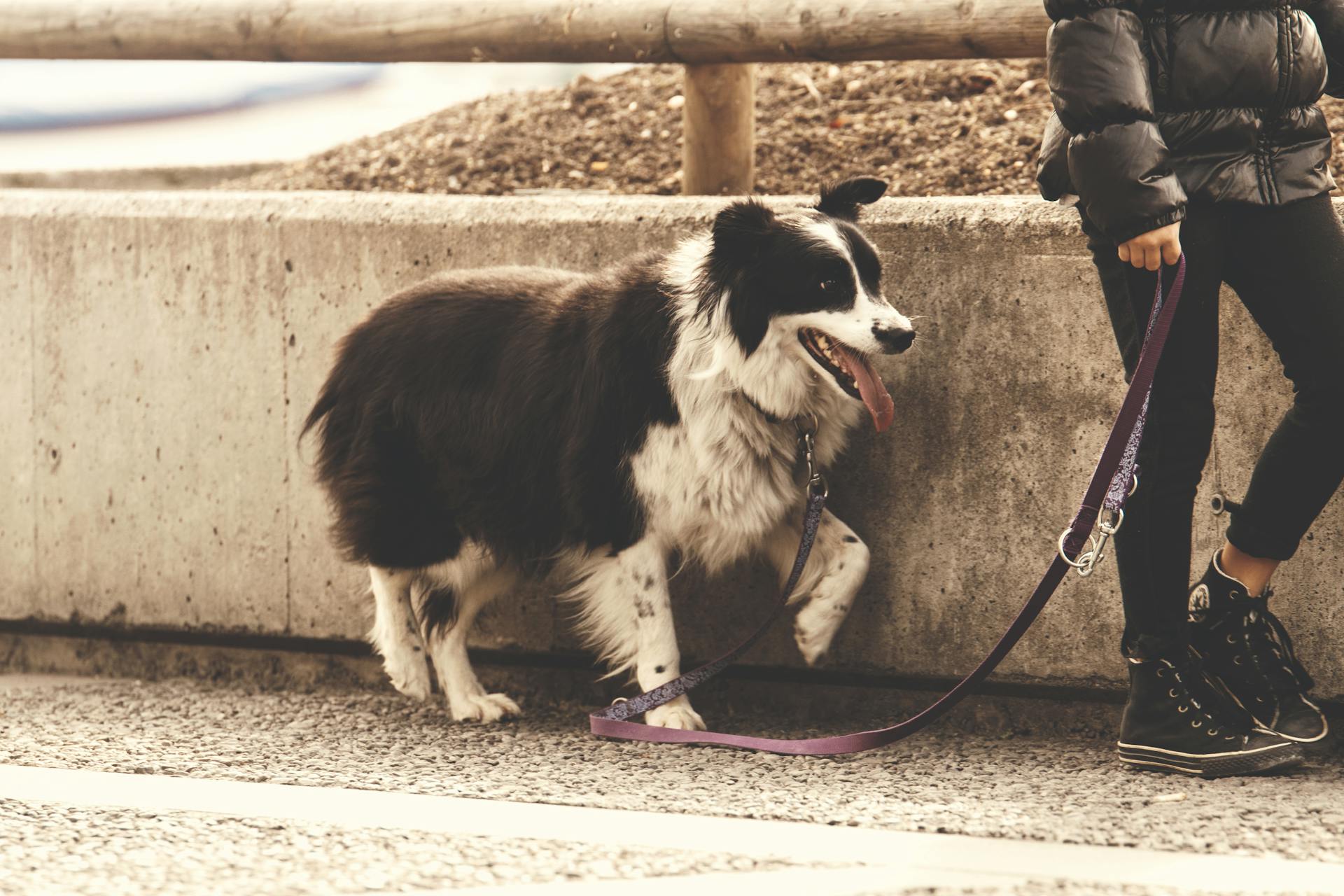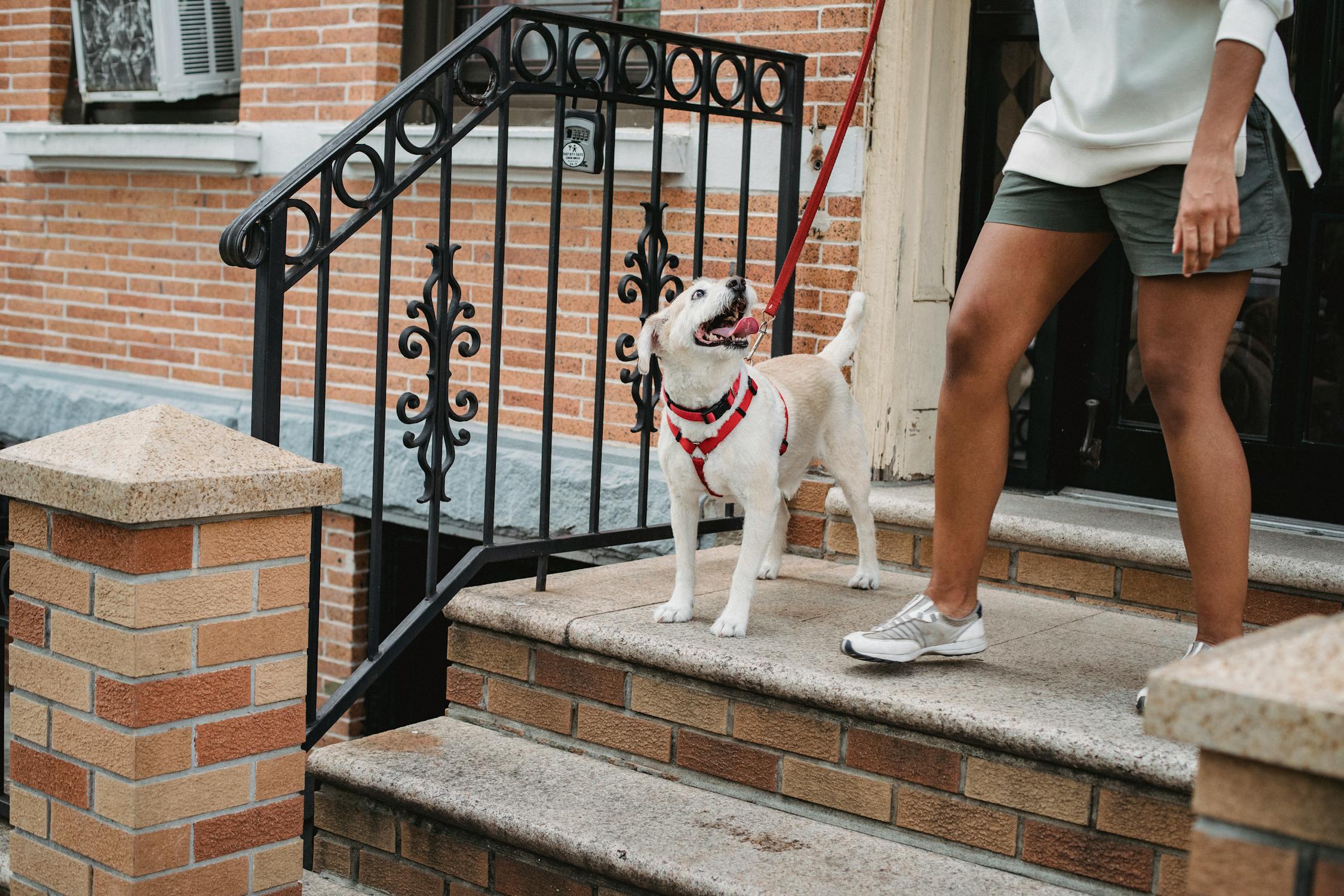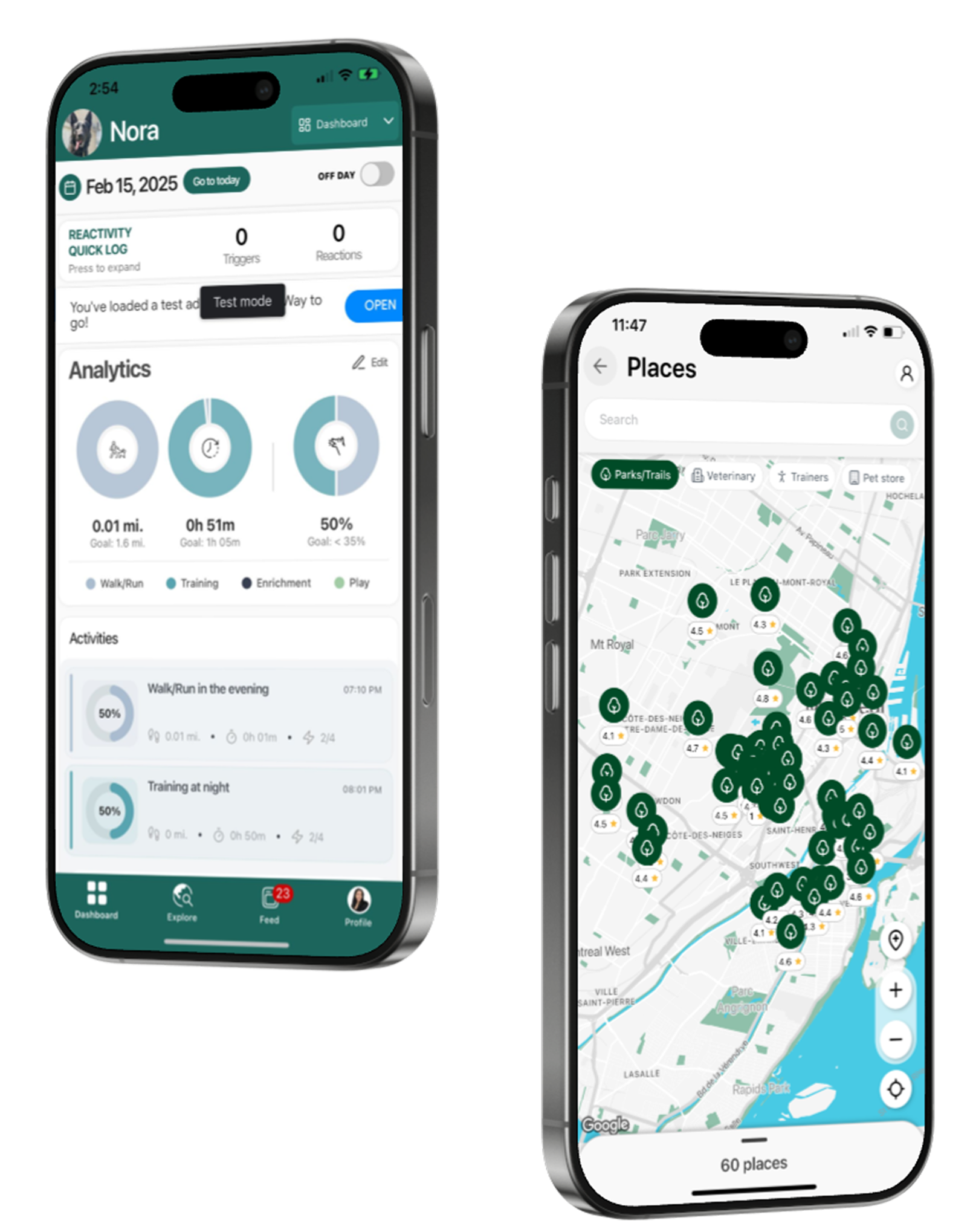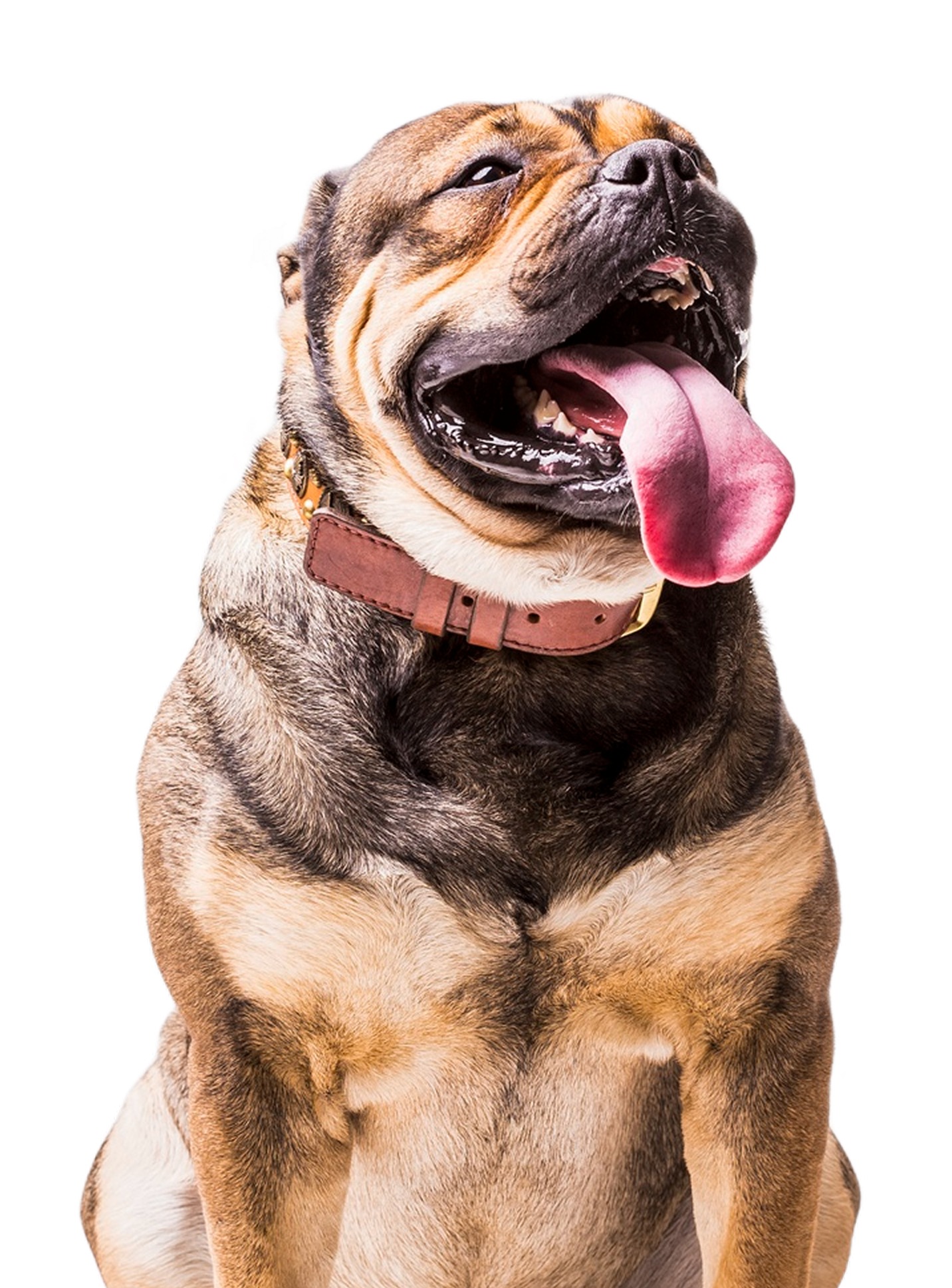Walking in the City with a Reactive Dog: Our Urban Survival Tips
By Christelle S. • 2025-04-20
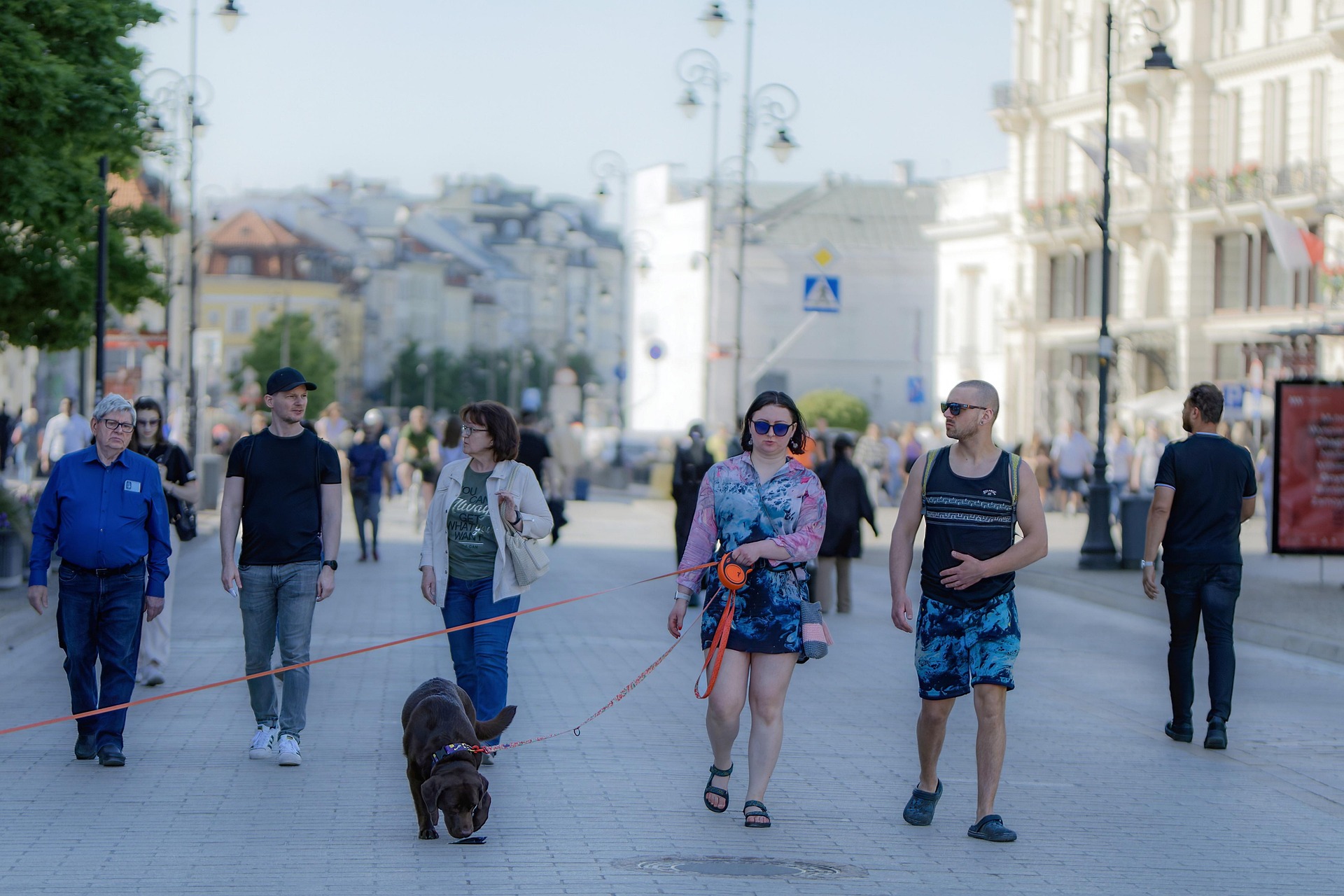
If you’ve ever tried walking a reactive dog in the middle of a bustling city, you know it’s not for the faint of heart. Crowds, sirens, skateboards, dogs on retractable leashes, it can feel like sensory overload for both you and your dog. But over time, I’ve learned how to navigate it in a way that works for us.
This post is all about what helps us survive and even enjoy urban walks.
Know Your Dog’s Limits
Before anything else, you have to be realistic about your dog’s tolerance levels. Some dogs can walk a few blocks in the city before getting stressed. Others might only manage a quick potty trip near home.
We’ve built up our tolerance slowly. It started with quiet side streets and progressed to busier areas once I knew I could manage her reactions.
Choose the Right Time of Day
Timing is everything. I avoid rush hour, school drop-offs, and lunchtime crowds. Our sweet spot is early morning on weekdays,before the streets get busy but after the sanitation trucks are done rumbling through.
If I absolutely have to walk during a busy time, we stick to routes where we can duck down a quiet side street if needed.
Have an Exit Strategy
I never go into the city without a backup plan. If something becomes too much, I know where our exit points are.
- Side alleys where we can regroup
- Small parks or tucked away benches to reset
- Nearby parking lots that are usually quiet
Having these in my back pocket gives me confidence, which helps my dog stay regulated too.
Use the Right Gear
In the city, your gear matters even more. Here’s what we always bring:
- Front clip harness and double leash for extra control
- Treat pouch stocked with high value rewards
- Muzzle (if we’re going into crowded spaces or using public transit)
- A long line (only for when we find a quiet patch of green)
And honestly, I never regret bringing extra treats. I use them constantly.
Train for the Unexpected
City life is unpredictable. We’ve practiced:
- Quick U turns
- Emergency check ins
- Focus exercises like “touch” and “look at me”
- Treat scatter games for distraction
We also do a lot of “watch the world” sessions,just sitting on a bench at a distance and watching people or dogs go by. She doesn’t have to interact. Just observe.
Know the Landscape
I’ve mapped our city with trigger zones. There are areas we avoid during certain times, and places I’ve labeled as “recovery spots” where she can sniff, decompress, or just breathe.
Some helpful categories we track in Reacpaw:
- High trigger areas (like busy intersections or narrow sidewalks)
- Neutral zones (wide streets with minimal traffic)
- Positive zones (where she’s had good experiences)
This helps me make better decisions on the fly. We don’t go in blind.
Advocate Like a Pro
You have to be unapologetically proactive in the city. If someone’s dog is charging up to us, I loudly say “Please give us space.” If someone’s leash is too long, I cross the street.
I’ve learned that most people aren’t trying to be rude,they just don’t know. But I’ll always choose my dog’s comfort over someone else’s awkwardness.
Build Recovery Into the Walk
We don’t just power through the city. I build in decompression breaks. Even if it’s just a quiet corner where she can sniff a tree for two minutes, it helps reset her nervous system.
If the outing has a stressful moment, we always end on something calm before heading home. It could be sniffing in the yard, or a scatter feed in the hallway.
Celebrate the Wins
Every successful urban walk is a win,even if it wasn’t perfect. Maybe she looked at a barking dog and moved on. Maybe she recovered quickly after a loud bus went by.
We don’t aim for perfect. We aim for progress.
More Tips That Help Us
Here are a few more things that have made a big difference for us:
- Wearing headphones with calming music to stay grounded
- Using a verbal cue like “let’s go” before pivoting from a stressor
- Carrying a small towel to dry off if it rains or she gets wet (she hates being wet)
- Practicing door thresholds and elevator exits calmly, not rushing
- Planning indoor potty options in case the outside environment is just too much
These little tricks make it easier to pivot if things get overwhelming.
Community Matters
I’ve found support from other reactive dog owners both online and locally. Knowing I’m not the only one walking around with a dog that might lunge or bark makes it all feel less isolating.
Apps like Reacpaw help because I can log everything. I can see that a rough day on Tuesday might be followed by an easier one Thursday. I can see what gear we used and what helped. That data keeps me grounded and hopeful.
Final Thoughts
Walking in the city with a reactive dog takes work. But it also builds resilience, strengthens your bond, and shows you what your dog is truly capable of with your support.
The more I plan ahead, advocate clearly, and respond instead of react, the smoother our walks get. We may not blend in with the crowd, but we’re learning to move through it with confidence.
And that’s something worth celebrating.
If you’re tracking your own urban adventures in Reacpaw, use the notes to record your own safe zones, danger zones, and recovery wins. You’ll start to see patterns that make all the difference.
Here’s to small victories and brave hearts in busy cities. 🐾

